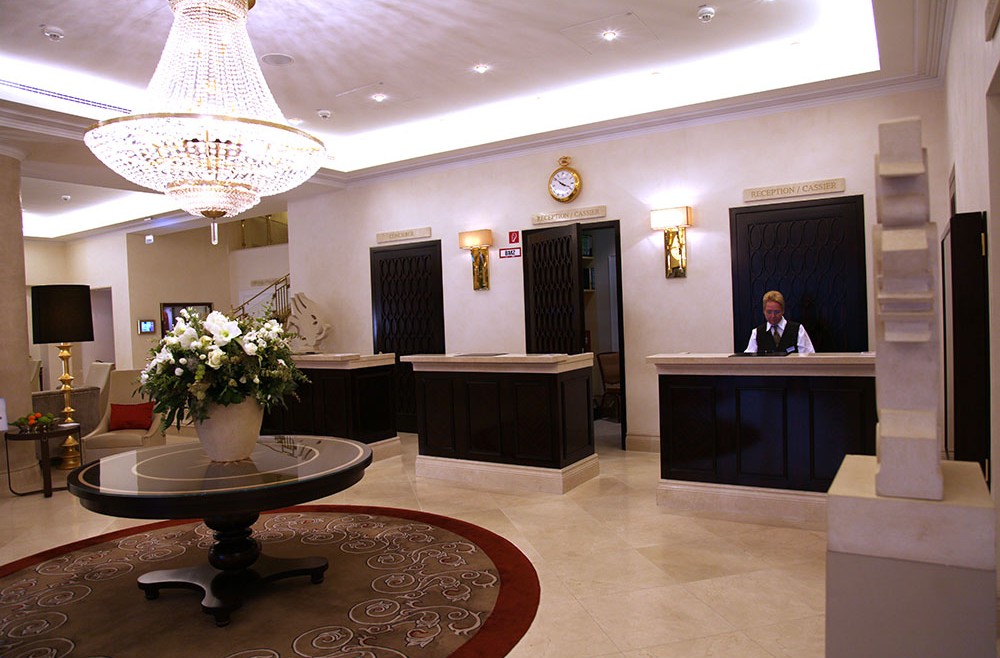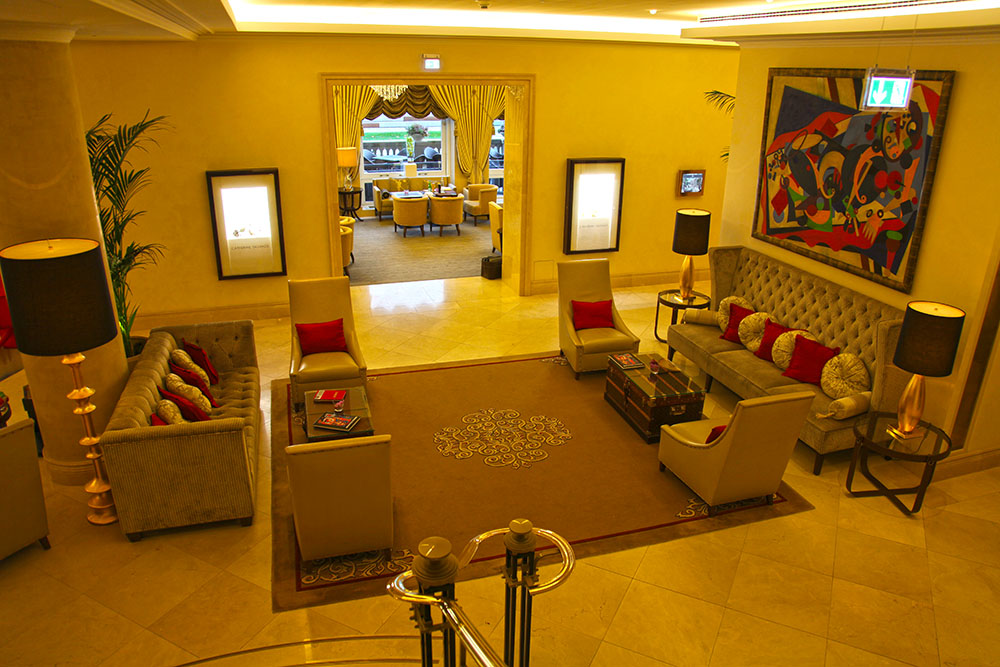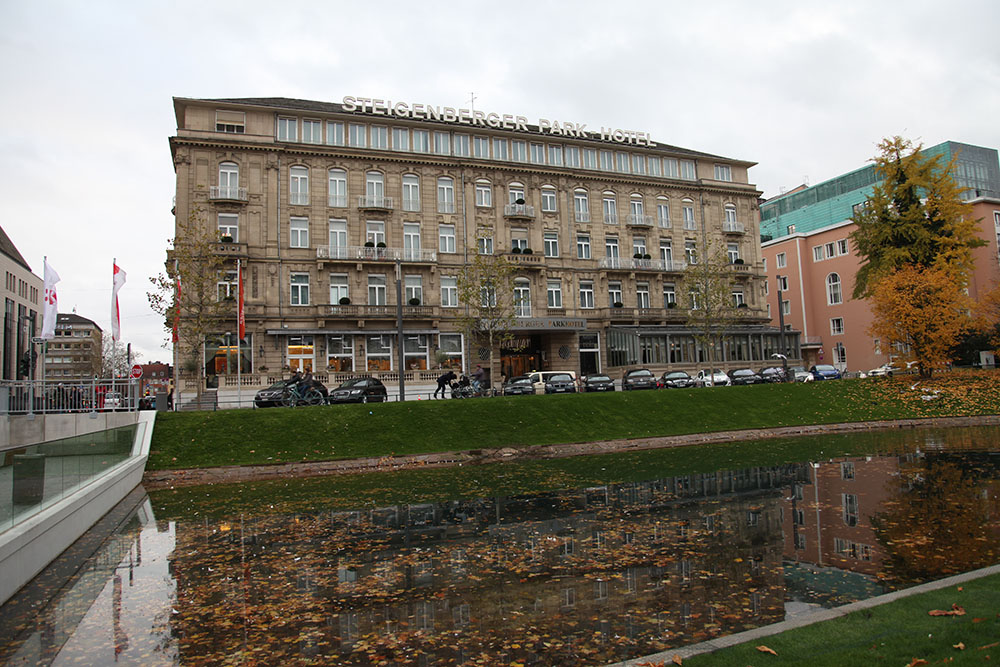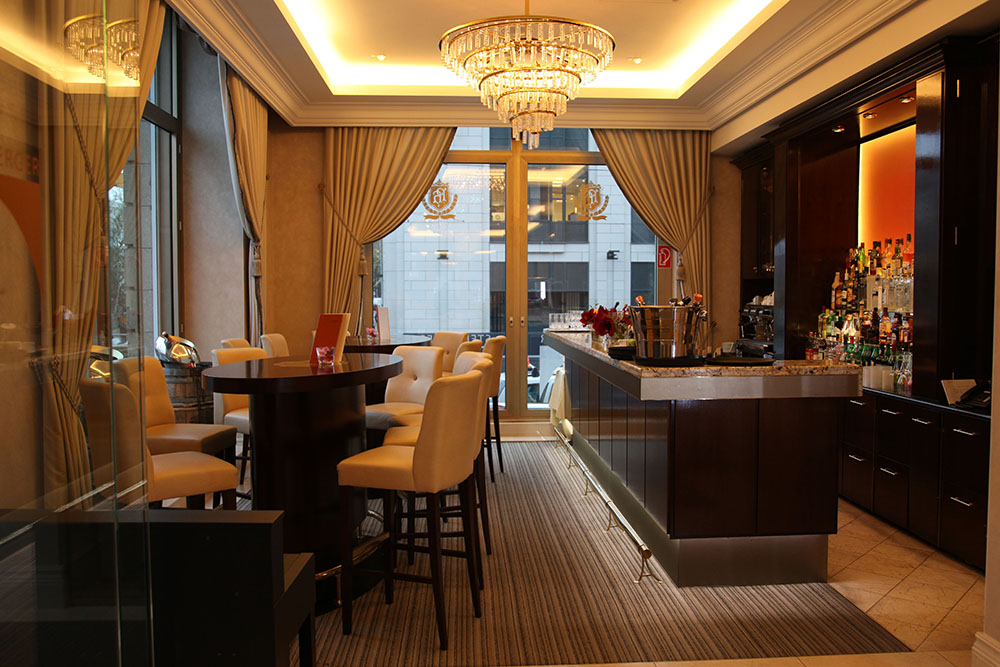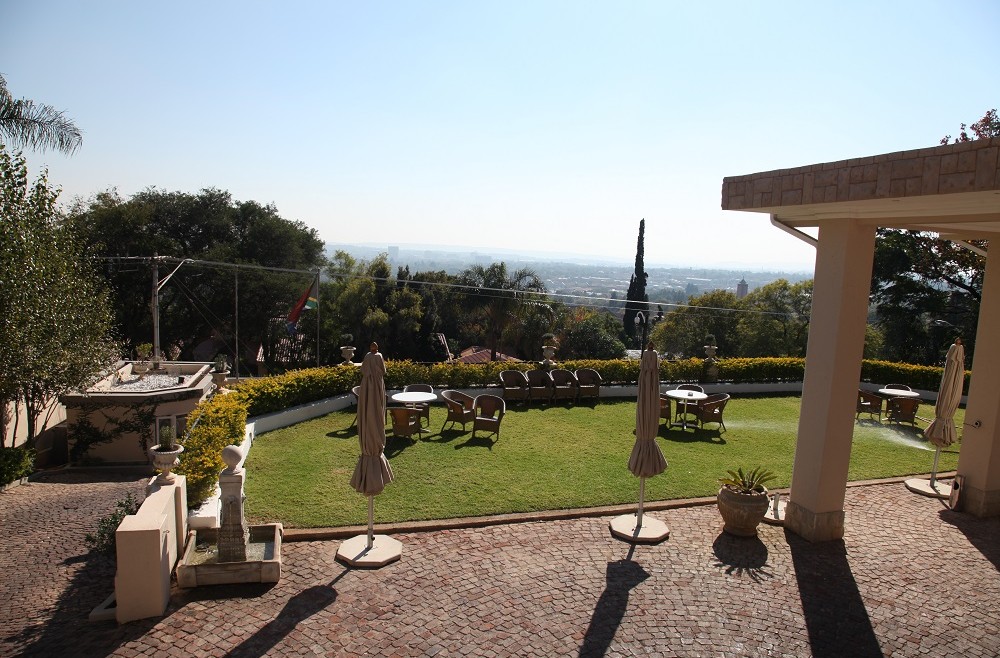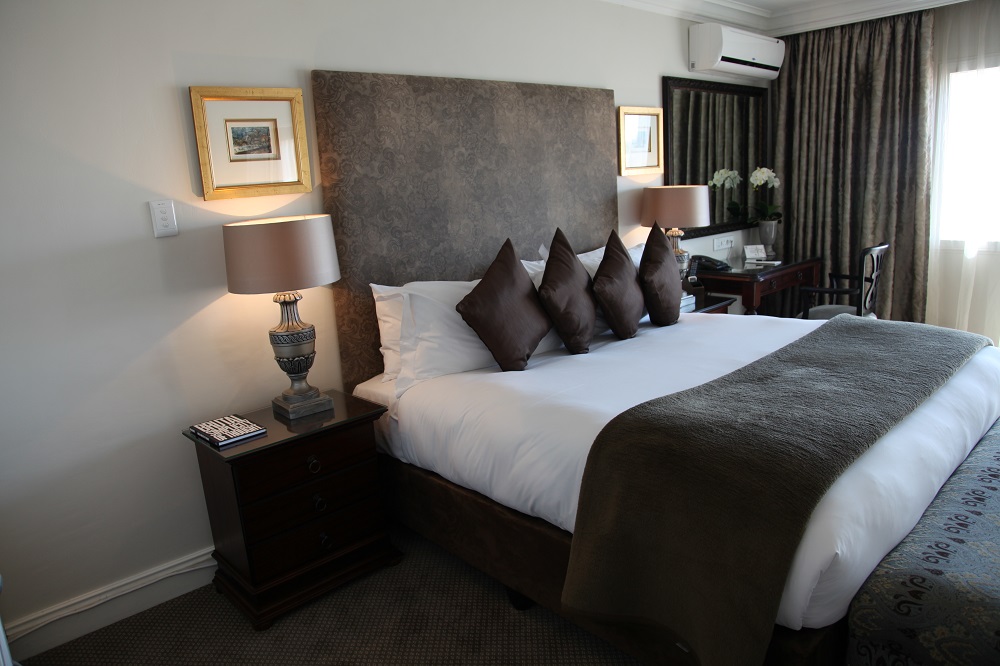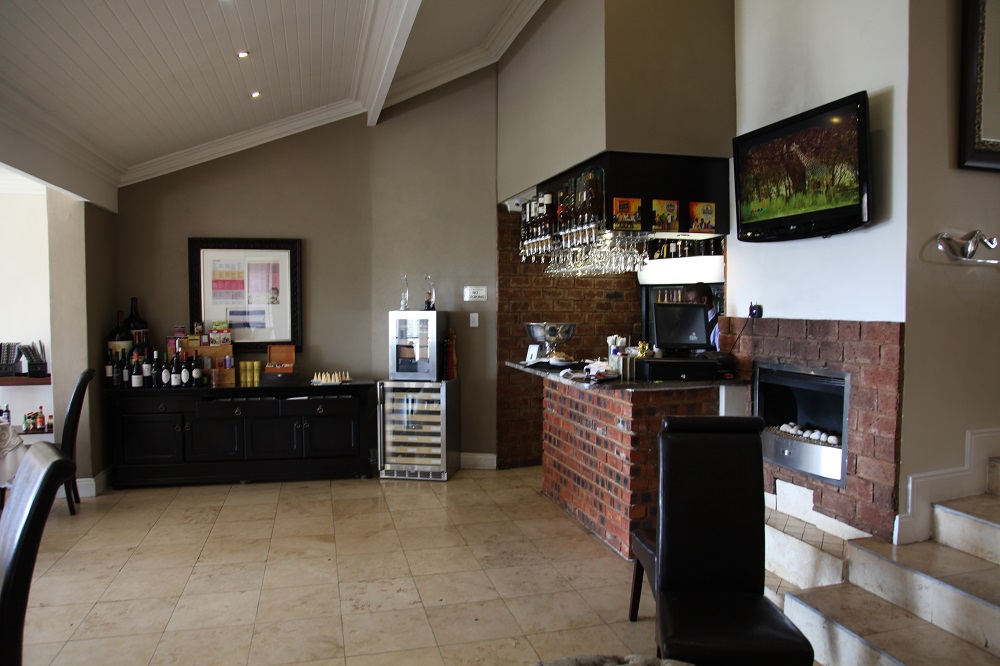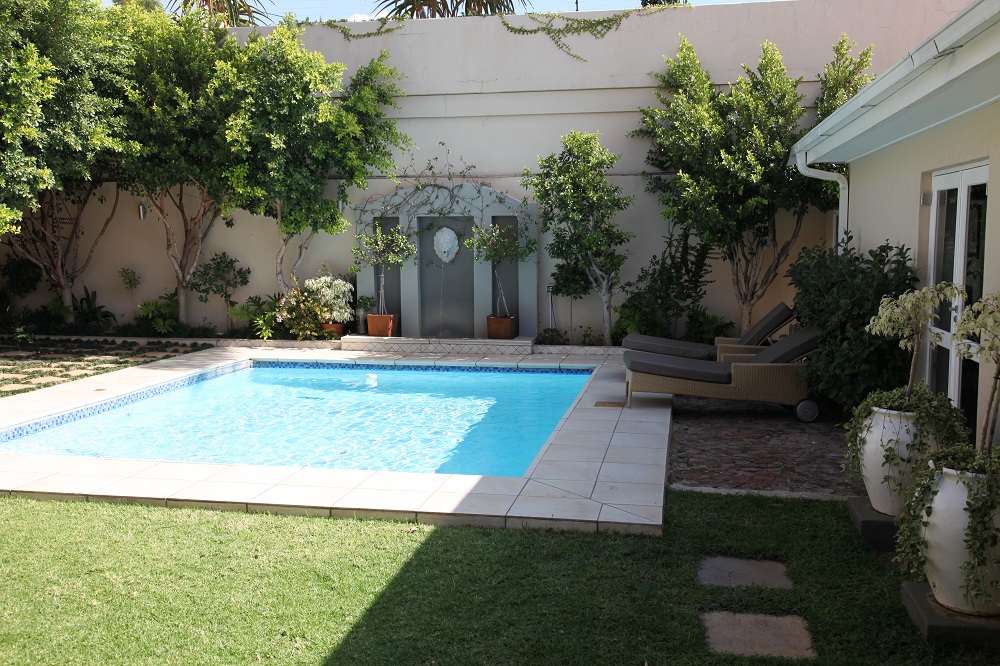Steigenberger Park-Hotel, Dusseldorf (Patrick Goff)
https://hoteldesigns.net/wp-content/uploads/2016/01/Steigenberger-Park-Hotel-Dusseldorf-Reception-p1-i3-large-IMG_5856.jpg 1000 667 Daniel Fountain Daniel Fountain https://secure.gravatar.com/avatar/28f17893c9d95fdef8d92a5aa8c6423f?s=96&d=mm&r=gIt stands almost as a symbolic icon of the recovery of Germany from past disasters. Top floors burned out, requisition by occupation forces, rebuilt and now refurbished as an exemplar of luxury, the Park-Hotel Dusseldorf is massively reassuring. In a world where provincial concepts of luxury are frequently debased versions of the real thing, where local frequently means second rate and where refurbishment often equates to safe or boring, here quality standards deliver a guest experience that is in line with the hotels five star status.
Too many of my recent trips to look at hotels at this level have proved a disappointment, with ‘safe’ design delivering short term fixes to hotels that need fundamental upgrading. Whether this comes from management that is predictable or comfortable , or from clients that lack imagination and don’t see how interiors move upmarket all the time, or from designers who are cowed into delivering safe solutions is almost irrelevant. The reasons for timidity only contribute to the slow slide downmarket that typifies so much of European (especially UK) hotel stock.
The search for luxury solutions fails to lift many hotel interiors beyond the mediocre. Some of the efforts to succeed will not be to everyone’s taste but timidity in design wins no friends, nor loyalty from guests. Steigenberger has embellished its reputation for understanding luxury with the refurbishment of the Park Hotel in Dusseldorf, not just through the revamped interior design but through operationally understanding the differentiation of areas within the hotel. It also ties itself in to the cultural life of the city, not just because it is next door to the opera, but also by having an artist in residence scheme, the results of which you will see in many of the images in this Review.
Art can embellish interiors and well chosen art can help to create the identity of an hotel, creating dramatic impact in spaces that themselves may be boring, providing strong colour against which to balance the fabrics and soft furnishings. It can also be (when not lame or cheap reproductions) an investment, increasing in value over time, maybe even an investment which can fund a future refurbishment if chosen well. It can also provide wit and be a visual thematic link running through an interior scheme. Steigenberger has recognised that Art is also part of many wealth investments so tapping in to the local art market can be a way to connect with the local affluent guests a five star seeks.
The art also however tweaks a contemporary interpretation of a luxury interiors by giving it unashamedly modern images and a bright injection of colour. The art theme is carried throughout the public space, and the fine dining restaurant makes obeisance to both the visual arts and, perhaps, the art of the opera next door with its name of ‘the Artiste’. With its linked ‘Etoile’ bar this provides fine dining in the conservatory extension on one side of the hotel frontage, with the views into neighbouring parkland and over the artificial lake.
On the other side of the entrance is the ‘Steigenberger Eck’ a social bar and eatery. To call is a bistro would be to understate its quiet luxury, defined by both its remarkable linear chandelier and it external terrace. With its own street access this has a chance to become a local bar/diner with urban chic and sophistication. The history of this Steigenberger is one of royal patronage from the start, and it has played host to the cream of Dusseldorf since. The central location enhances its attraction in a quiet position within Dusseldorf, rapidly becoming one of my favourite cities.
With the red carpet on the steps and a formal but contemporary reception lobby giving access to both lifts and a staircase, the entrance is both functional and expansively welcoming. Given focus by the large chandelier and the large floral centrepiece it gives clear sight lines to staff over all the key areas, enabling both security and control to be efficiently and discreetly exercised. All the main areas – restaurants, bars etc.- are visible to the guest on entry. In bars and restaurant staff again have easy sightlines making greeting and controlling guests a simple matter. At all levels guests are always smilingly greeted and guided to tables etc., part of efficient and effective service that is not always found in a five star hotel, but appears very much a hallmark of Steigenberger.
Soft furnishings echo the past, appropriately for an historic five star. Drapes serve a dual purpose in that they provide an effective second line of insulation against the mid-European winter cold as well as the right kind of decorative ambience. Carpets also aid in insulation against both cold and sound, and the hotel boasts in its literature that it has English carpets (they are by Brintons) showing that some people at least recognise that not only is there a good utilitarian reason for carpeting but is it also a clear mark of luxury.
Timber or tile may be appropriate in more downmarket establishment such as a trattoria or a pub where resistance to spills, cigarette burns and easy cleaning are criteria, but high quality carpet creates a luxury feel underfoot and if specified correctly will certainly give a life of use as long as many engineered timber floors. Carpet in the corridors helps to keep the bedroom areas quiet too. Stair areas have seating areas at the top and the stairs are given a presence, with fire doors on hold backs so that the staircase remains open and visible, making it an attractive route for guests. Room layouts are planned so that the awkward corner areas become the suites and interconnecting rooms (see the floor plan).
As you rise through the floors the rooms become smaller as the top floor was originally laid out for the servants the wealthy brought with them. The smaller rooms are equally luxuriously finished and furnished, but now let as single rooms to reflect their smaller size. In many UK hotels these rooms would be regarded as a normal double (see the video on the last page) as they are reasonably large until compared with the standard rooms elsewhere on the floors below.
Larger rooms have separate toilet and bidet space, and again it is noticeable how many five star continental hotels still offer bidets, something missing from the mind of many UK designers, never mind a five star having both a soaking tub and a walk in shower as they frequently do outside the UK. UK five star standards seem to me to be decaying as owners and operators go for cheap solutions, whilst in the countries most of our tourist guests come from, bathroom standards in particular continue to rise with many beginning to offer his and her bathrooms (see One and Only for example), never mind just having a walk in shower and a soaking tub, bidet and a separate toilet area. Indeed in some countries now, new build regulations requite a separating toilet space from the rest of the bathroom.
Simple things are used here to raise the perception of standards to a five star level. Tiling on the bathroom floor, for example, is chosen for dramatic effect, with inlaid tile patterns mimicking gold and mother of pearl adding to the perception of luxury. It is a simple device that need not cost a great deal more than a plain or marble effect tile, but shifts guest perception of the quality.
As with so many things in the luxury market it is how perceptions are moulded rather than a different level of reality that counts. Throughout the hotel, from corridors to major public spaces, notable is the careful control and use of lighting (much supplied by Chelsom Ltd). Often when the designer departs the hotel has one light switch position, ‘on’, but not here. Here lighting is gradated and mixed with wall and ceiling light balanced by candles for romantic effect.
Similarly in the bedrooms lighting is controllable from the desk and the bedhead, making setting the level for the task in hand easy. Rooms all have sensibly designed desk and free WiFi makes working easy, along with the generous provision of sockets. (A tip by the way – I carry an extension board of UK sockets that plugs in with the local plug hardwired on the lead. With cameras, phones, laptop etc. to charge having 4 or five UK sockets on one cable makes life easier than carrying an large number of adaptors, or forming a queue).
Design of the bedrooms is well done. With traditional dark wood and brass casegoods it is likely that the 2012 refurbishment was limited to the decorative items and soft furnishings, but the rooms have been successfully given a contemporary feel and are very comfortable both physically and visually. Indeed the whole hotel is both comfortable and contemporary. It has a classical feel yet with contemporary art and fabrics, and good lighting, it feels modern, not like a hotel stuck in a past and that in 1902 was frequented by Royalty.
As an example of the quality of the Steigenberger Group it was well chosen. The group currently has 48 hotels in Germany but with new CEO Puneet Chhatwal coming in from Rezidor where he was part of Kurt Ritter’s team that grew that group from a dozen hotels to over 600,Steigenberger are poised to grow quickly, targeting EMEA. Somebody mentioned 1,000 hotels – well I wouldn’t disbelieve that. As Chhatwal said, they aim to be the BMW of the hotel world. If the Park Hotel Dusseldorf is anything to go by, the Bentley might be a better parallel. Mind you that brand is owned by BMW isn’t it…
From a visit in December 2013 ©Words and Pictures Patrick Goff 2014

